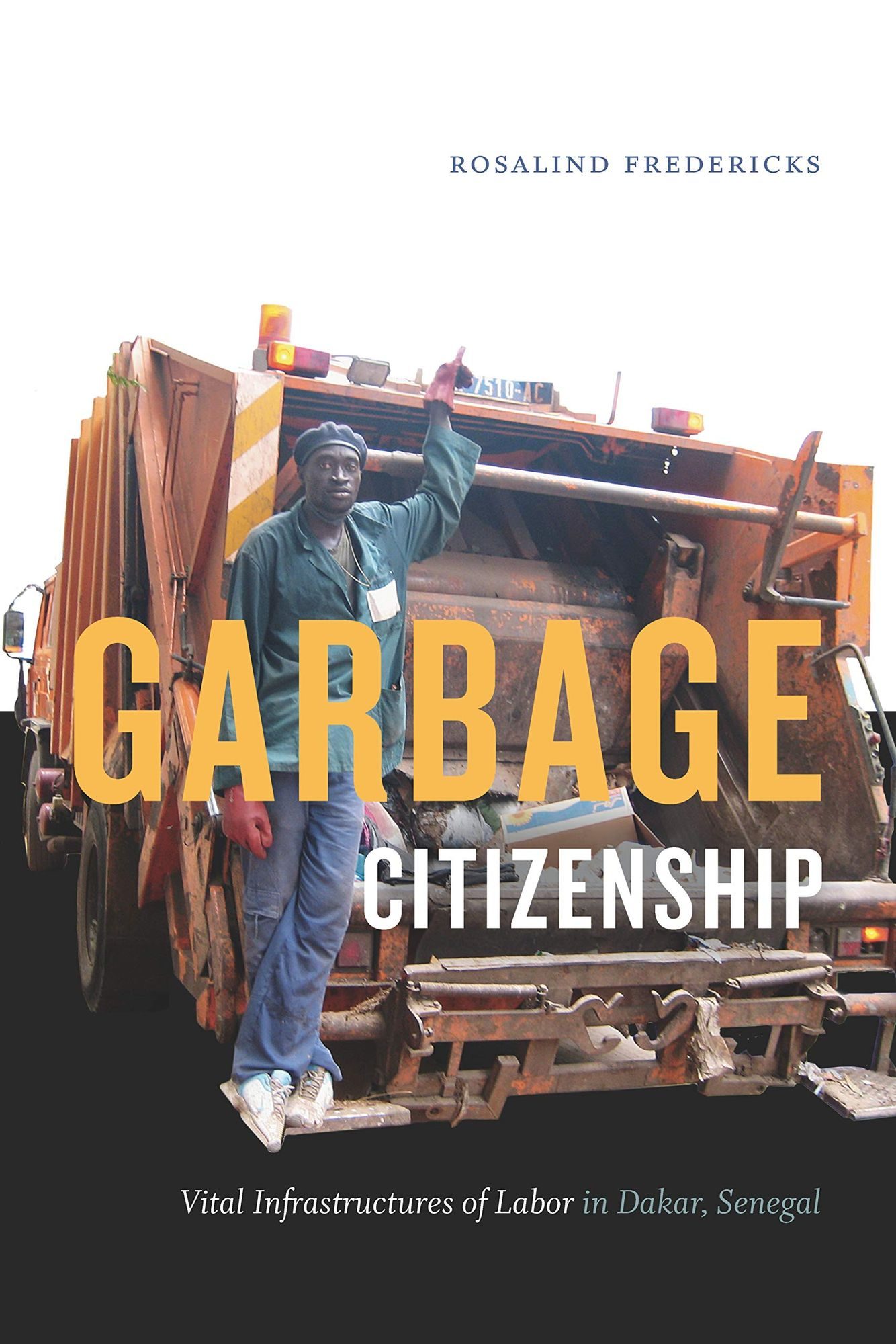References
Bernal, Martin. (1987). Black athena: The afroasiatic roots of classical civilization, volume 1: The fabrication of ancient Greece, 1785–1985. Rutgers University Press.
Davis, Mike. (2006). Fear and money in Dubai. New Left Review, 41(September/October), 47–68.
Genzlinger, Neil (2019). Immanuel wallerstein, sociologist with global view, dies at 88. New York Times, September 10.
Guglielmo, Jennifer, & Salerno, Salvatore (eds). (2012). Are Italians white? How race is made in America. Routledge.
Herman, Edward S., & Chomsky, Noam. (1988). Manufacturing consent: The political economy of the mass media. Random House.
Kristof, Nicholas (2019). China’s orwellian war on religion. New York Times, May 22.
Maghbouleh, Neda. (2017). The limits of whiteness: Iranian Americans and the everyday politics of race. Stanford University Press.
Mahrotri, Thakur, & Choong, En Hong (2016). 100 USD billion Chinese-made city near Singapore ‘scares the hell out of everybody’. Bloomberg, November 21.
Moser, Sarah. (2018). Forest City, Malaysia, and Chinese expansionism. Urban Geography, 39(6), 935–943.
Prashad, Vijay (2020). Millions in India are practically in open rebellion against the modi government. Interviewed by Janine Jackson, January 31. New York: Fairness and Accuracy in Reporting.
Qin, Amy (2018). Worries grow in Singapore over China’s calls to help ‘Motherland’. New York Times , August 5.
Ranganathan, Malini. (2018). Rule by difference: Empire, liberalism, and the legacies of urban ‘Improvement’. Environment & Planning A, 50(7), 1386–1406.
Robinson, Cedric (1989/2019). White signs in black times: The politics of representation in dominant texts. Conference on black theorizing, post modernism, and post-structuralism. Santa Barbara, CA: Center for Black Studies, University of California, Santa Barbara. In H.L.T. Quan, ed., Cedrick J. Robinson on racial capitalism, black internationalism, and cultures of resistance. London: Pluto Press, 183–914.
Roy, Ananya. (2016). Who’s afraid of postcolonial theory? International Journal of Urban and Regional Research, 40(1), 200–209.
Sheppard, Eric, Leitner, Helga, & Maringanti, Anant. (2013). Provincializing global urbanism: A manifesto. Urban Geography, 34(7), 893–900.
Smith, Neil. (1996). The new urban frontier: Gentrification and the revanchist city. Routledge.
Wee, Sui-Lee (2019). China uses DNA to track its people, with American expertise. New York Times, February 21.
Woolf, Henry Bosley (ed). (1977). Webster’s new collegiate dictionary. G & C Merriam Company.
